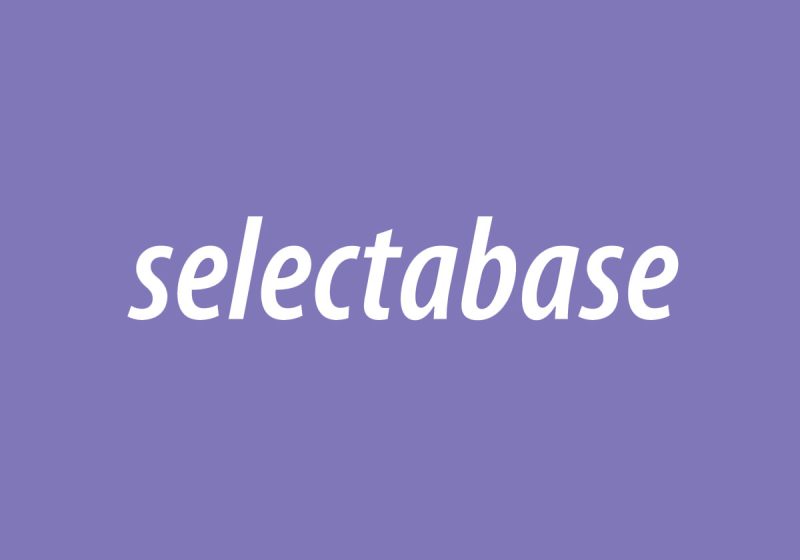Direct mail is one of the most popular forms of marketing for UK businesses. Hardly surprising, since surveys estimate it generates a massive £27 billion worth of business annually.
You might believe it will lose popularity as the digital age advances, but this is a myth. In fact, the latest figures show the volume of advertising mail has increased by 87% in the past decade. It has even increased by 2.3% in the past year, despite the restrictions of the Covid-19 pandemic.
Safe in the knowledge it delivers £14 return on investment, on average, for every £1 spent; the average UK business will spend £600 per year on direct mailing.

© RutySoft / Shutterstock.com
Data also shows direct mail is the most responsive advertising medium. A massive 60% of consumers have responded to direct mail at some point – 37% in the past 12 months. Of all the advertising mail sent, 60% is opened and 40% is read thoroughly.
For businesses, direct mail is already a good thing, but you can make it even better. In this modern era of sustainability, we can create greener direct mail to help preserve the planet.
Some businesses experience a nagging sense of guilt every time they think of printed media, thinking it’s “less green” than digital media. Yet it is inserts, door drops and mail packs that engage consumers most. Research shows direct mail averages a 4.4% response rate, while email’s average response rate is only 0.12%.
So, how can businesses harness this power, while still remaining green?
How “green” is digital marketing?
The good news is direct mail advertising can be as green as digital mail. It can even be climate neutral, as the print industry has been making many improvements to reduce the environmental impact of printed materials.
There has also been new research into whether digital marketing is really as green as it’s supposed to be. Some interesting studies dispel the myth of “digital greenness”, suggesting more than 65% of paper is recycled, making it a highly recyclable commodity.
Manufacturing electronic products creates its own carbon footprint, not to mention the energy that is required to power them. There are also growing concerns about the increase in discarded gadgets. There has been a global increase of 40 million tons of electronic waste in one year, particularly in countries such as South Africa and India, according to a report by the United Nations.
Electronic waste concerns aside, just what can we do to produce greener direct mail?
Green printing systems
While recycled paper is the norm for most businesses, there are other criteria that can help a supplier’s green credentials. There have been some big leaps forward in recent years in large scale commercial printing.
The solvent based, polluting inks of years gone by are being replaced by alcohol free, vegetable based, biodegradable inks made from plant oils. These are less damaging to the environment and to the employees working in production.
It’s a win-win situation, because the newest ink technology has made printing greener, more efficient and quicker, while it has also reduced the cost.
Reducing carbon footprint
Every sector creates carbon and it is currently impossible to completely eliminate a business’s carbon footprint. However, we can certainly reduce our carbon footprint with the goal of making our enterprise carbon neutral.
Producing climate neutral direct mail and brochures means your business is emphasising its sustainability ethic and strategy to protect the climate.
The climate change consultancy, Climate Partner, works with companies to help them find ways of offsetting their carbon emissions. This costs between 1% and 2% more, but the extra charge goes towards a good cause: it is used to fund environmental protection projects all over the world – this can include installing wind farms, reforestation, hydropower projects and more.
Climate Partner was founded in 2006 and has become a leading solution partner in the corporate world. It works in a wide range of sectors, from logistics to eCommerce.
The company started out working with the printing industry 15 years ago, when Climate Change pioneered the climate neutral printing concept that has been adopted by many businesses today. It takes into account the carbon footprint caused by printing machinery, materials and transportation to design carbon offset projects.
Sustainable paper
As well as using recycled paper, the printing industry uses FSC-certified paper. The Forest Stewardship Council ensures much of the paper used in printing comes from sustainable forests.
The international non-profit organisation, established in 1993, promotes responsible management of the planet’s forests and is aiming to dispel the popularly held belief that many of the Amazon rainforests are being chopped down to provide our printer paper.
The scheme also helps take care of the wildlife and people living in the forest areas. Many businesses who send out direct mail choose FSC-certified paper today.
Waste management
The first change that many printers made on their green journey was to improve waste management. Limitation of waste and improvements in sustainability are at the forefront of many printing businesses today.
Waste management can mean storing ink in high volume containers, avoiding the waste associated with having many small ink containers; recycling all paper waste, and utilising the waste heat from machinery to heat production areas.
Green printing means far more than just using recycled paper: sustainability and climate protection are important considerations for consumers, as research shows 32% of people are engaged with adopting a more sustainable lifestyle. They will favour businesses who are making the effort too.
Greener direct mail means taking advantage of arguably the best marketing method available, while supporting sustainability at the same time. Just because a business deals in paper, it doesn’t mean it isn’t eco-friendly, as long as sensible practices are followed.
Contact Selectabase today for details of our range of options for your direct mail campaigns. We can ensure that every word counts!





